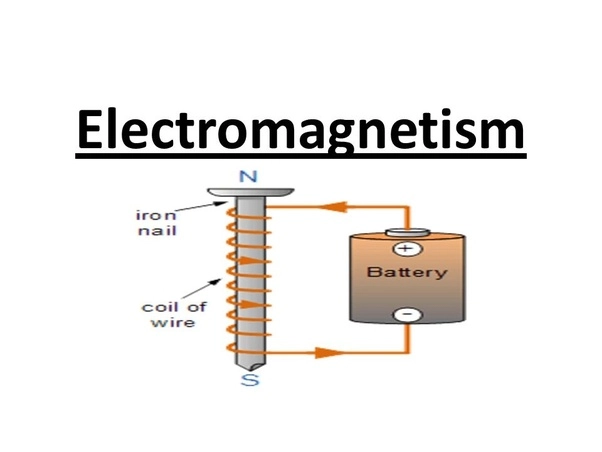Electromagnetism Grade 11 Notes: A Comprehensive Guide for Students. Electromagnetism is a fundamental branch of physics that plays a critical role in our daily lives. From electronic devices to power generation, the applications of electromagnetism are ubiquitous. This article serves as a comprehensive guide for Grade 11 students to grasp the core concepts of electromagnetism and better understand its significance.
Electromagnetism Grade 11 Notes: A Comprehensive Guide for Students
- Electric Charge and Coulomb’s Law
- Electric charge is a fundamental property of matter that exists in two forms: positive and negative.
- Opposite charges attract, while like charges repel each other.
- Coulomb’s Law describes the force between two charged particles, which is directly proportional to the product of the charges and inversely proportional to the square of the distance between them.
- Electric Fields
- An electric field is a region around a charged object where electric forces can be felt by other charged objects.
- Electric field lines can be used to visually represent the electric field, with the direction of the lines indicating the direction of the electric field.
- The electric field strength (E) is the force experienced by a unit positive charge placed in the field and is measured in volts per meter (V/m).
- Electric Potential and Voltage
- Electric potential, measured in volts (V), represents the electric potential energy per unit charge in an electric field.
- Voltage is the difference in electric potential between two points in an electric field, and it drives the flow of electric charge (current) through a conductor.
- Electric Current, Resistance, and Ohm’s Law
- Electric current is the flow of electric charge through a conductor and is measured in amperes (A).
- Resistance, measured in ohms (Ω), is the opposition to the flow of electric current in a conductor.
- Ohm’s Law states that the current through a conductor between two points is directly proportional to the voltage across the two points and inversely proportional to the resistance.
- Magnetic Fields and Forces
- A magnetic field is a region around a magnet or a current-carrying conductor where magnetic forces can be felt.
- Magnetic field lines can be used to visually represent the magnetic field, with the direction of the lines indicating the direction of the magnetic field.
- The magnetic force on a moving charged particle is perpendicular to both the velocity of the particle and the magnetic field.
- Electromagnetic Induction
- Electromagnetic induction is the process of generating an electromotive force (EMF) or voltage in a conductor by changing the magnetic field around it.
- Faraday’s Law states that the induced EMF in a coil is proportional to the rate of change of the magnetic flux through the coil.
- Lenz’s Law states that the direction of the induced EMF is such that it opposes the change in magnetic flux that caused it.
- Electromagnetic Waves
- Electromagnetic waves are transverse waves that consist of oscillating electric and magnetic fields, which are perpendicular to each other and the direction of wave propagation.
- The electromagnetic spectrum encompasses a range of frequencies and wavelengths, including radio waves, microwaves, infrared, visible light, ultraviolet, X-rays, and gamma rays.
- The speed of light in a vacuum (c) is approximately 3.00 x 10^8 meters per second, and it is the speed at which all electromagnetic waves travel in a vacuum.
Understanding electromagnetism is essential for students as it lays the foundation for numerous applications in modern technology and scientific advancements. By mastering these core concepts, Grade 11 students will be better prepared to tackle more advanced topics and explore the fascinating world of electromagnetism in their future studies.

